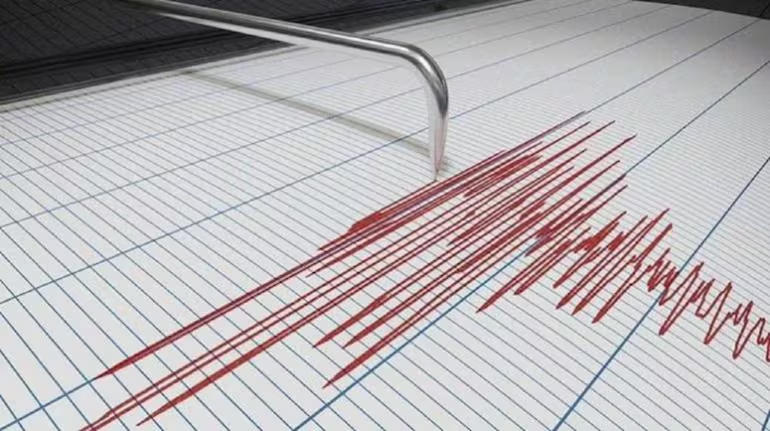Noida 26 August 2024: Dehradun, the capital of Uttarakhand, experienced mild earthquake tremors on Sunday Night, causing concern among residents. The earthquake, with a recorded magnitude of 3.1 on the Richter scale, was felt across various parts of the city. While there were no immediate reports of damage or casualties, authorities have initiated intensive monitoring in the region for the next three days to assess any potential aftershocks or seismic activity.
Details of the Earthquake
The earthquake struck in the early hours of the morning, catching many residents off guard. The tremors, though mild, were strong enough to be felt by those in the affected areas, leading to a brief period of panic.
Key Information:
- Magnitude: 3.1 on the Richter scale.
- Epicenter: The exact location of the epicenter is being investigated, but preliminary reports suggest it was near Dehradun.
- Time of Occurrence: Sunday midnight
- Duration: The tremors lasted for a few seconds, with no immediate reports of damage.
Response from Authorities
Following the earthquake, local authorities and disaster management teams were quick to respond. While no significant damage was reported, the incident has prompted a review of preparedness measures and the activation of monitoring protocols.
Actions Taken:
- Seismic Monitoring: The Uttarakhand State Disaster Management Authority (USDMA) has deployed additional resources to monitor seismic activity in and around Dehradun. Seismographs and other monitoring equipment have been calibrated for heightened sensitivity to detect any further tremors.
- Public Advisory: Authorities have issued a public advisory urging residents to remain calm but vigilant. People have been advised to familiarize themselves with safety measures in case of future tremors.
- Review of Infrastructure: As a precaution, officials are conducting a review of critical infrastructure, including buildings, bridges, and roads, to ensure their structural integrity.
Intensive Monitoring for the Next Three Days
Given the region’s seismic activity, authorities have decided to conduct intensive monitoring for the next three days. This period will involve round-the-clock observation and analysis to detect any signs of aftershocks or other seismic events.
Monitoring Efforts:
- Seismological Teams: Teams of experts are stationed in strategic locations to gather data and provide real-time analysis. These teams will play a crucial role in identifying potential risks and issuing timely alerts if necessary.
- Collaboration with National Agencies: Local monitoring efforts are being coordinated with national agencies such as the National Center for Seismology (NCS) to ensure comprehensive coverage and data accuracy.
- Public Safety Measures: In addition to monitoring, public safety campaigns will be conducted to educate residents on what to do in the event of further seismic activity.
Background on Seismic Activity in Uttarakhand
Uttarakhand is located in a seismically active region, with the state falling within Zone IV and V of India’s seismic zoning map, indicating a high risk of earthquakes. Dehradun, being part of this region, has experienced earthquakes in the past, though most have been of low to moderate intensity.
Historical Context:
- Past Earthquakes: The region has a history of seismic activity, with several earthquakes recorded over the years. The most notable ones have caused significant damage, prompting ongoing efforts to improve earthquake preparedness.
- Preparedness Measures: The state government has implemented various measures to enhance earthquake preparedness, including public awareness programs, building codes for earthquake-resistant construction, and regular drills.

